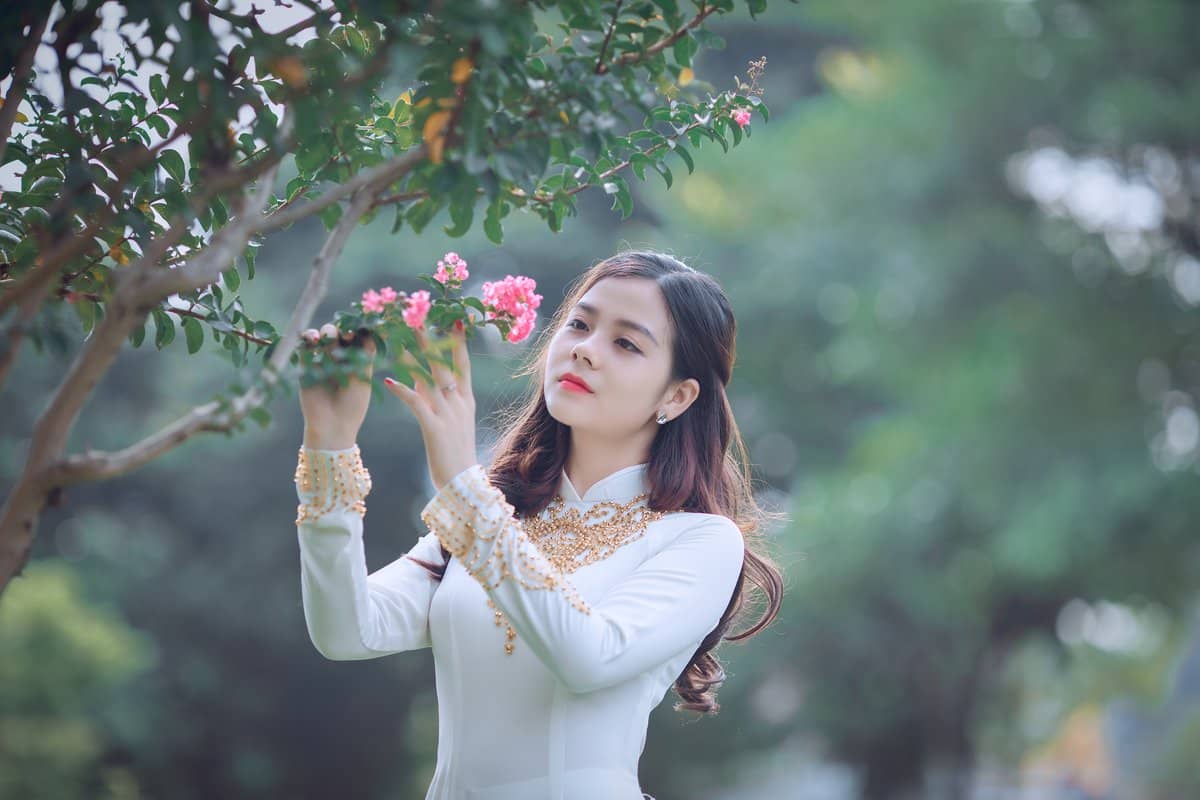We’ve all heard the phrase ‘Say it with flowers’ and there’s no doubt that a beautiful bouquet or floral display can lift the heart, bringing many hours of pleasure. But did you know there’s a whole secret language of flowers that can convey hidden messages to the recipient, lifting the humble gift of flowers to a whole new level?
Table of Contents
How the language of flowers developed
The Victorians were known for their uptight morals and rigid modes of behavior, making it difficult for people to convey their feelings to each other. In particular, a young man could not directly tell a young woman how he felt about her, and the private conversation was strictly limited. Consequently, a whole language developed, in which certain flowers and color palettes held a hidden meaning that could be read if you knew the secret code. Over the years, this language of flowers has become less well-known (although most people understand the significance of a dozen red roses!).
Nevertheless, sometimes people like to turn the clock back and recall those days of conveying sentiments through flowers. For example, Kate Middleton (HRH Catherine, the Duchess of Cambridge) combined several blooms of significance in her wedding bouquet. Kate chose Sweet William (in recognition of Prince William and representing gallantry), ivy (for fidelity, married love, and marriage), and also myrtle was taken from the tree grown from the very sprig of myrtle in Queen Victoria’s wedding bouquet.
Using flowers to convey a myriad of emotions
Of course, everyone’s familiar with the idea of giving flowers to someone you love, whether the recipient is a relative, a partner, or perhaps a new love interest. A single red rose has long been a symbol of eternal love and can speak louder than words. But flowers can also speak of traits such as honesty, trust, honor, and closeness, as well as emotions like love and happiness.
They can tell of wishes for health or long life, confirm devotion to family, or offer sympathy in adversity. You can even use flowers to convey negative feelings—for example, belvedere is linked to declaring war, candytuft expresses indifference, dogbane stands for deceit and falsehood, and basil symbolizes outright hatred.
How to create your own bouquet using the language of flowers
Start by thinking about the colors for your bouquet, because different colored versions of the same blooms have different meanings. It’s generally a good idea to stick to one color, or perhaps a few tones that complement each other, as this creates a more harmonious feel than simply going for all the colors of the rainbow. And don’t forget that you should include greenery, which can carry its own secret meaning but also provides an attractive contrast to your flowers.
You can opt to have your bouquet made up and delivered professionally, but many pretty wildflowers have hidden meanings too. In addition, sometimes a simple nosegay you’ve made and presented yourself can be just as heartfelt as a larger display and will be equally treasured. So here are a few suggestions to get you started.
Suggestions for bouquets for a loved one
Giving a bouquet of lovely flowers to a loved one will possibly bring a tear to the eye, but you can be sure the memory will linger long after the blooms themselves have faded away. A white color palette might include camellia japonica (perfect loveliness), white carnation (endearment), and white periwinkle (perfect memories).
Blue tones could be created with Canterbury bells (constancy), forget-me-not (speaks for itself!), and speedwell (fidelity), whilst a pink bouquet combining pink carnations (everlasting remembrance), convolvulus (tender affection), and gillyflowers (deep affection) is perfect for the woman in your life.
If you like the warmth of yellow, then try sunflowers (gratitude and appreciation), yellow chrysanthemums (a long healthy life), and yellow roses (love and trust). Red is the time-honored way to show love, and you can consider including red roses (beauty) and red chrysanthemums (love). Alternatively, consider purple, choosing alstroemeria (devotion), lilac (love), and stocks (happiness and contentment).
If you’d like to send a very special message to a loved one with a beautiful bouquet, take a little time to research the meaning of different flowers so you can accurately convey your true feelings.




